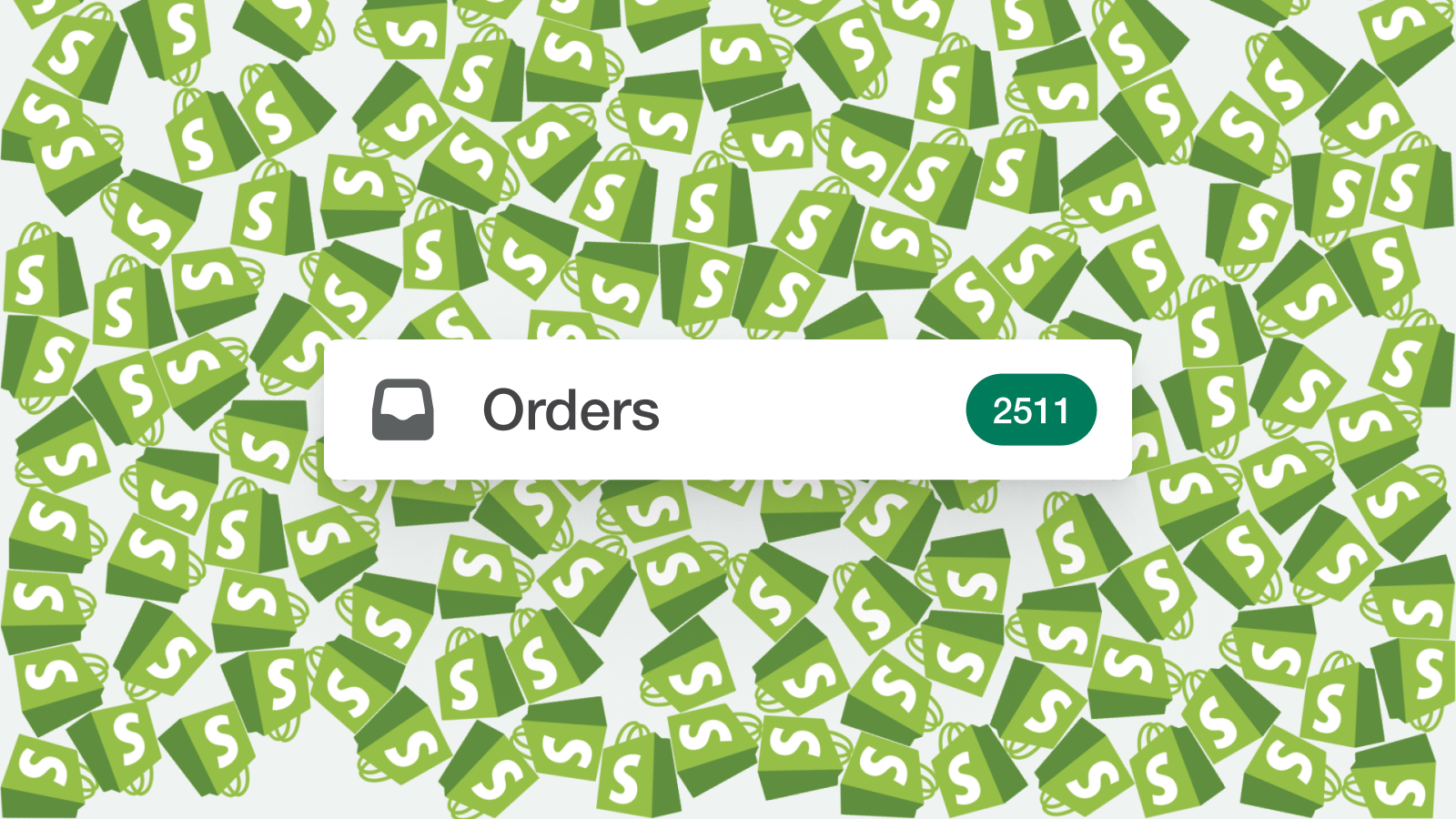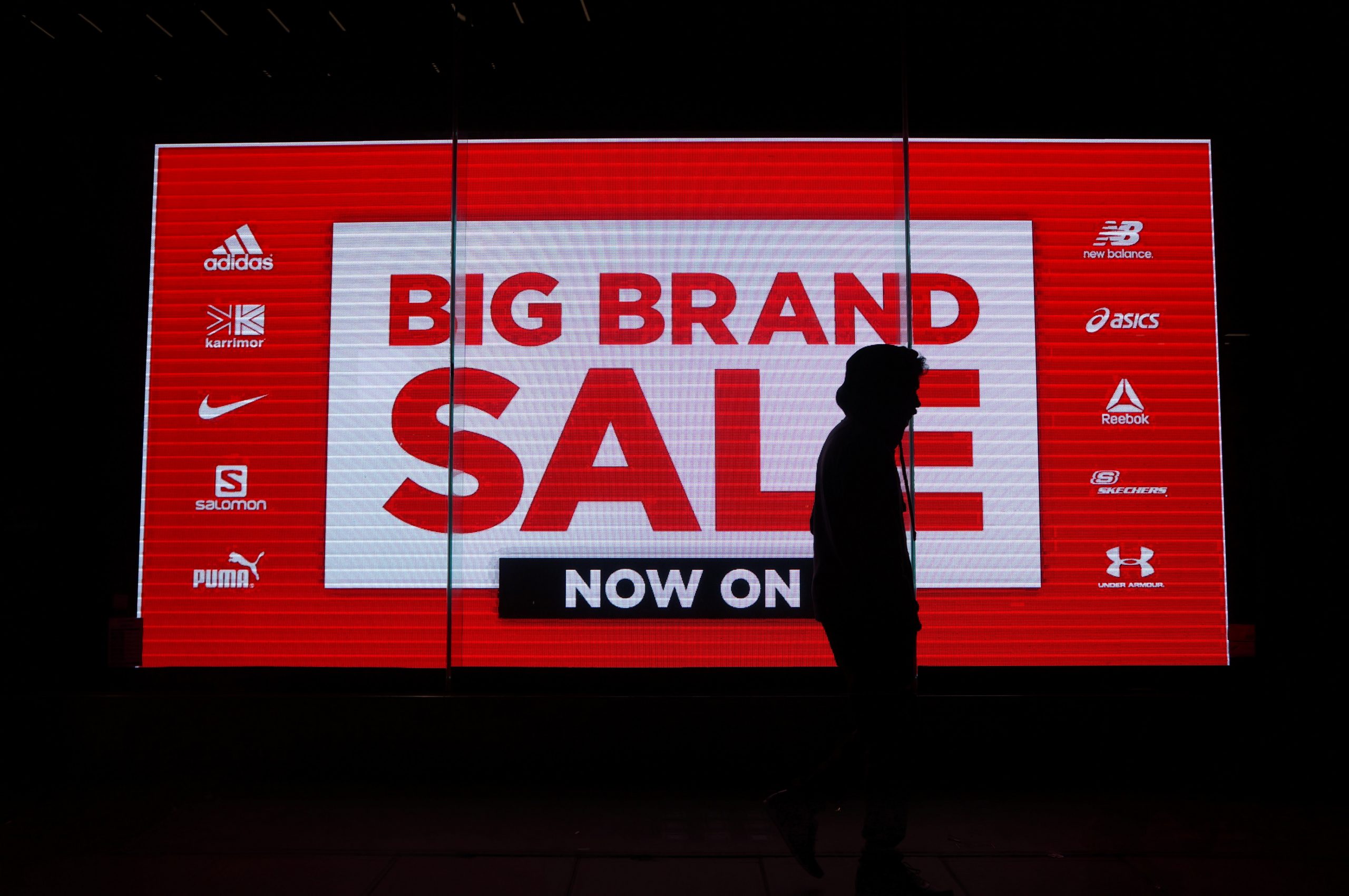Don’t let Black Friday be a dark day for your business
November 25th is fast-approaching, and no business wants to be under-prepared for one of the highest selling days of the year. We look into Black Friday, and how you should be preparing for the oncoming hordes.

James Humphreys

Talking about Black Friday might feel early.
The sun is shining, people are enjoying summer, and the leaves are still firmly fixed to the trees. However, Black Friday is creeping closer, falling on November 25th this year – and it’s a day that needs planning for both store owners and manufacturers.
We’ve all seen the chaotic scenes of hordes of people storming through the front doors of a store, sprinting at full pace with the dreams of a new discounted flatscreen. Or the potential violence that breaks out when there’s just one item left. But Black Friday isn’t isolated to physical stores, and it isn’t just helpless shop assistants having to break up the fisticuffs who can suffer.
It could be you, and your business too.
So, we thought we could try and offer a bit of insight into the day itself, and hopefully a few order management tips for Black Friday.

A few Black Friday stats
Black Friday is massive business in the United States, where most of these numbers come from, but the buzz is building worldwide. Here are five statistics which shine a light on the scale of the holiday shopping event:
- On Black Friday in 2021, almost 155 million Americans made a purchase in-store or online. For perspective, that’s more than the populations of the United Kingdom and Germany combined
- Perhaps more pertinent in a more online world, 88 million of those Americans made their purchases online
- The online sales in the US on Black Friday 2021 came to $8.9 billion, which was down on the $9 billion spent in 2020, but not down for everyone as Shopify’s merchants registered $2.9 billion in sales worldwide on Black Friday, which was a 21% increase from 2020
- The average spend for Black Friday shoppers in 2021 was $430, which was up on 2020, but didn’t necessarily mean they’d bought more items as inflation raised prices across the board (even discounted ones!)
- 52% of Black Friday buyers were first-time shoppers in 2021, which shows the opportunity for brands to attract potential new customers with an appealing deal
Finally, e-commerce statistics showed that 58% of the purchases on Black Friday 2021 were impulse buys, so if you’re selling items which don’t need much consideration, you could strike gold on November 25th.
We mentioned inflation in the above statistics, which will likely be a relevant factor in 2022, but we’ll discuss this a bit later.
Black Friday trends
Our numbers above give a hint into Black Friday behavior in an online world, but have we totally moved away from the classic in-store browsing?
Well, not entirely. As the pandemic pressure decreased through 2021, people did start to venture out again, and in the millions if US statistics are to be believed. If 88 million Americans made purchases online, then that’s still 67 million heading into stores to get their hands on an item without waiting on delivery.
You might also be surprised to learn that it wasn’t only the older generations going out either, as millennials and Gen Z were recorded as making their way to stores like Walmart and Target in greater numbers.
However, millennials did make 44.4% of their Black Friday shopping online, while Gen Z made their way to stores with 72% of their purchases made in person.
Perhaps even more interestingly, people appreciate a middle ground option, as retailers who offered a ‘pick-up’ or ‘click-and-collect’ option on Black Friday grew their revenue by 50% more than retailers who didn’t. So potential customers may not wish to experience the crush of the store, but they’d still like the chance to come and grab their order in person when things have calmed down.
What about the economy right now?
This is the big question that a lot of businesses are already considering, and not just with Black Friday on the horizon.
Inflation is affecting us all, with rising energy and gas prices leading to people watching their spending across the board. We saw this with the drop in Netflix subscribers earlier this year, and there is the lurking feeling it could affect holiday spending.
However, the alternative view of this is that people might wait for Black Friday to come around, with the potential appeal of discounts and savings to be had on big ticket items that aren’t affordable right now. There’s also a decent potential chunk of time for saving money and planning ahead, so don’t sleep on the potential surge in orders to come.

Don’t wait for November to come around before planning
The world won’t hop online on November 25th, willingly empty their wallets, and head back into hibernation until Christmas Eve. Black Friday is part of the holiday hype train, and brands know people are itching for a deal.
If you’re offering mini deals, little opportunities to save in the month leading up to the big day, you’re building brand awareness, and hinting at potential bigger savings to come.
You also get a lot of eyes on your products, to keep them in people’s minds, and sometimes people are willing to spend a little more to guarantee they get the item they want.
Orders could start coming in much earlier in the year, so while the great tidal wave will come once the turkeys have been eaten and thanks have been given, your business should be prepared and ready before you tuck into that pumpkin spice latte.
Consider which of your products is likely to have the widest appeal, and make sure you’ve got enough prepared stock on hand to meet demands. And in case there’s a rush on something unexpected, prepare your team for an intense day of manufacturing, or set customer expectations with adjusted delivery times.
This is also potentially a great time to reduce some dead stock in your warehouse, with products bundled together at an appealing price, so customers might buy a set for one item with the bonus of getting a couple more things thrown in.
Overall, you can help your business by preparing for Black Friday with the right inventory management system, and we’ll get into which one we think is ideal a little later.
Get ready for Black Friday with Katana
Book a demo to get all your questions answered regarding Katana’s features, integrations, pricing, and more.
Is your e-commerce store ready to click-and-go, or more click-and-no?
We already looked at the possibility that consumers will head out to stores, grab a breath of fresh air, take a nice run into the store, and go ten rounds against a Karen who definitely got that PS5 before you did, but unsurprisingly, the majority still want to do their shopping from the comfort of their home. Plus, Karen has a mean right hook.
Online shopping is now ubiquitous. We all know how it’s grown — we’ve heard about the potential Amazon drones in our future, but we still love it more each day. And on Black Friday, it’s buyer paradise.

An excellent online shopping experience can build customer loyalty, so from the moment your online store loads onto their screen (and don’t forget to be optimized for mobile), it needs to leave a positive impression.
Using e-commerce providers and marketplaces can be a massive help in this, so you don’t need to start from a blank slate and learn coding just to sell one item.
Don’t let it be a Sad Saturday
Imagine the moment. It’s November 26th, Black Friday was a greater success than you could ever have predicted.
But now… orders are piled up. Stock is running down, you don’t have enough products left to meet demand, and you’re drafting those apology emails already. This is not what any manufacturer wants.
In 2021, ‘Out of Stock’ on-screen messages were up 227% on the previous two years, with consumer electronics seeing a 41% increase in product unavailability (likely impacted by a shortage in raw materials and microchips).
With inflation hitting stock prices, it’s crucial to plan ahead in your manufacturing, prioritize your most popular products and plan for which discounts you’ll offer to maximize both your revenue and customer satisfaction.
How Katana and Shopify can help you out
Planning, prioritizing, selling, shipping? This is exactly where a manufacturing ERP like Katana can prove incredibly useful. Katana gives you a live look at your manufacturing business, with total control over your production process and shop floor, and integrations to make sales, accounting, and shipping infinitely easier.
Add automation to your production to reduce manual admin and reordering, track the moving average cost of your raw materials to minimize overspending, and sync with your online stores and shipping providers to make the flow from production to shipped as smooth as possible.
And when it comes to sales, one of our native integration partners, and one of the best, is Shopify (we’re even Shopify Plus certified, that’s how well we get along). Shopify make it easy for you to build your online business, with a drag-and-drop builder, designed for both desktop and mobile that will scale with your business. Shopify also offers a comprehensive dashboard, automated marketing, and mobile app so you can keep an eye on your business when you’re away from the desk.
With Katana as your Shopify order management software, you’ll go from Black Friday to Brilliant Saturday.
Keep your eyes on Katana for more tips for better order management during Black Friday over the next couple of months, as we help manufacturers prepare for that late November sales stampede.

James Humphreys
Table of contents
Get inventory trends, news, and tips every month
Get visibility over your sales and stock
Wave goodbye to uncertainty with Katana Cloud Inventory — AI-powered for total inventory control